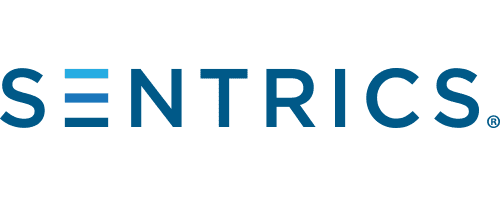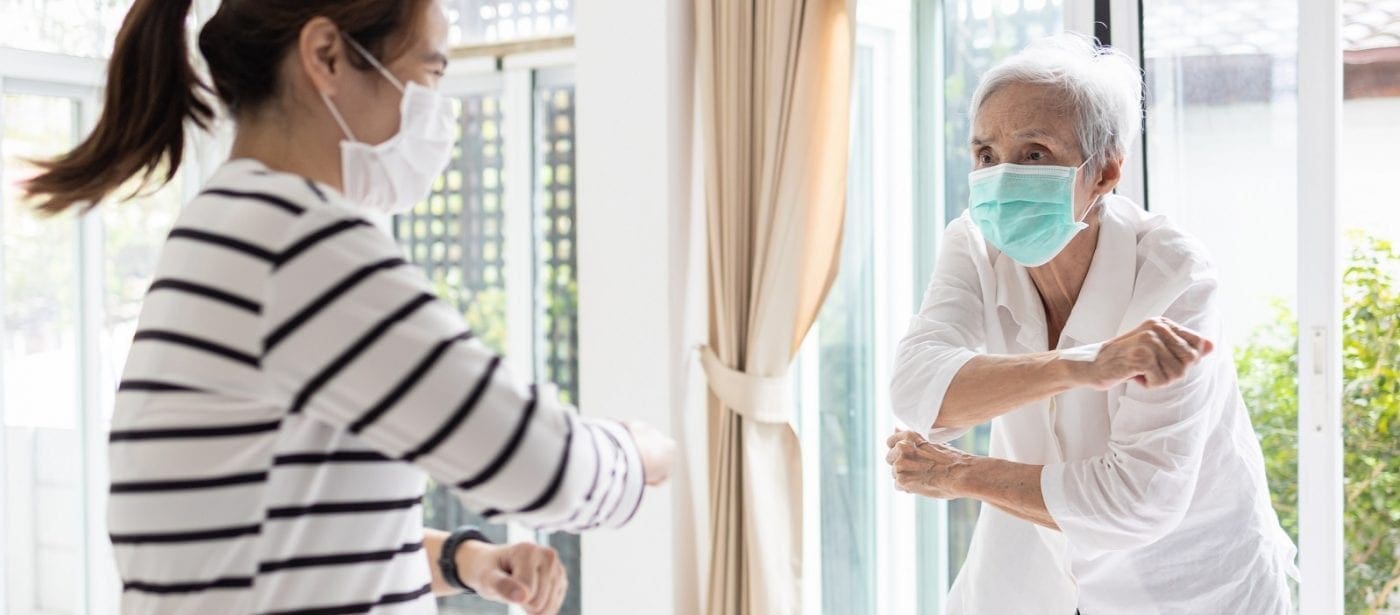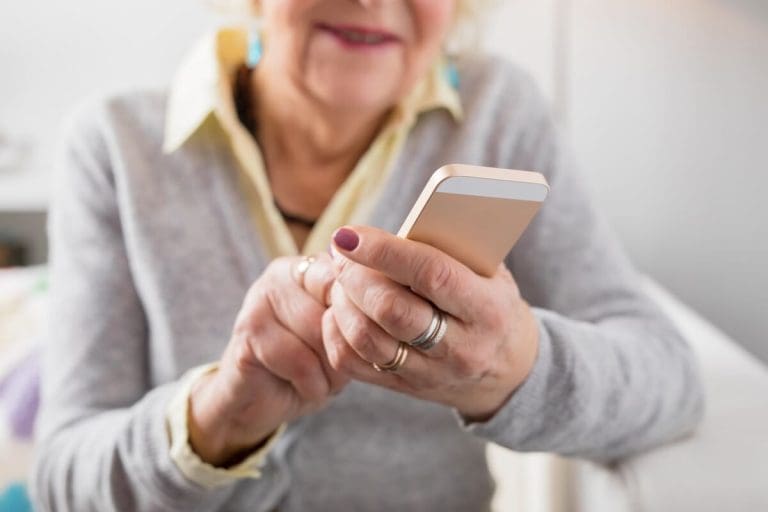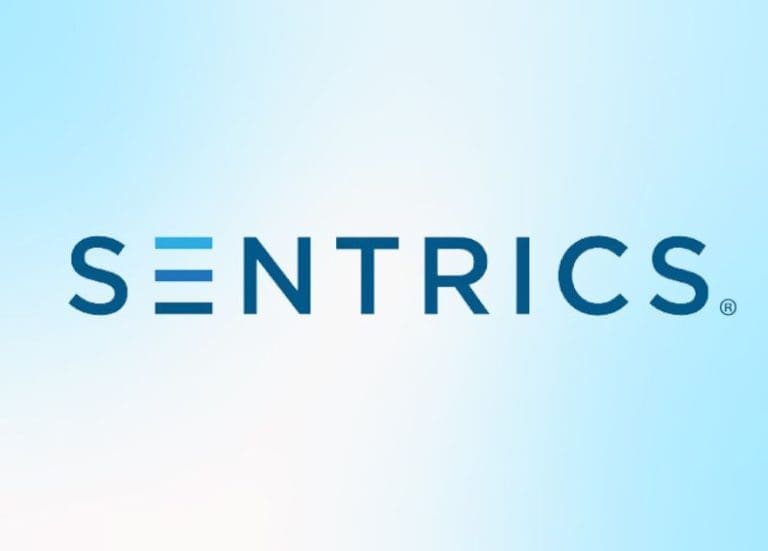If you’re a senior living professional, the COVID-19 pandemic has likely put you in a challenging and unique position. These uncertain times present an opportunity for you to leverage your knowledge, skills, and competencies to make a difference, whether in a single senior living community or across an entire region.
As you care for patients with complex COVID-related health conditions, you must also ensure that your non-COVID patients—particularly those with multiple chronic or newly emerging conditions—aren’t forgotten. It’s critical that they too receive adequate and timely care.
Juggling multiple case management demands is not an easy task. But it is doable, especially if you have the right tools in place to make informed decisions and recommendations.
COVID and Contact Tracing
Along with testing, contact tracing is the most effective way communities can manage the spread of COVID and protect their residents and staff. Although contact tracing is not new, it’s largely manual. This creates several challenges, including:
- It’s slow, when speed is critical for effective results.
- It’s based on the imperfect memories of residents and staff to recall relevant interactions.
- It requires unbudgeted staff hours to do the job, particularly on a large scale.
When it comes to senior living communities, the hurdles associated with manual contact tracing are only magnified. There’s so much at stake and so little time.
According to BCG: “An entirely manual system would quickly sag and collapse under the strain of tracing large numbers of contacts for each infected individual, or it would require very large, continuous capital investments.”
Therefore, proactive case management of contact tracing relies on merging practical solutions and deploying the proper technology infrastructure.
How Advanced Technology Integrates eCall, Contact Tracing and Case Management
New technology makes contact tracing monumentally more effective and efficient. Powerful software and advanced technologies make it easier to perform the following:
- Identify people at risk immediately – With the right system, your staff can leverage location-based contact tracing to identify at-risk residents. Technology makes it possible to:
- Trace the interactions of specific residents and staff members
- Define the timeframe and location
- Define contact level and duration of contact
By overlapping location, interactions, and duration, you can see a web of contacts and pinpoint your most vulnerable residents and team members quickly. With this method, you no longer have to rely on the memory of residents or staff.
- Support case management protocols – As powerful as contact tracing is, it’s just the beginning of your processes. Automating the protocol management for each case helps ensure consistency and thoroughness with every sick resident every time. It provides you a checklist of the health and safety protocols that must be done with each resident. It gives you fingertip access to reports, for your community, your region or your entire corporation. Additionally, by automating case management protocols, you and your caregivers have visibility over:
- The number of people impacted by a disease at any given time
- Repeatable protocols that guide your caregivers from talking to a resident about a COVID-positive test, to isolation procedures to help ensure consistent processes
- Fingertip access to details about the length of time an individual has been isolated as well as expected release date so you can plan accordingly
- Instant access to repeatable reports about the status of your COVID cases, or whatever infectious conditions you have
- Prevent the spread of infection – By leveraging powerful, sophisticated RTLS technology, healthcare workers can help ensure the ongoing safety of the community and enforce social distancing rules. This can be accomplished in one of two critical ways:
- Geofencing creates a specific virtual perimeter around quarantined or isolated residents, and alerts staff the moment a resident
leaves or someone breaches. It also provides information to caregivers to don the appropriate PPE when entering the living space. - Similar to geofencing, you can set occupancy limits on a physical area (room or space) to enforce social distancing rules.
- Geofencing creates a specific virtual perimeter around quarantined or isolated residents, and alerts staff the moment a resident
- Manage the business – Communication is the key to business success. This is particularly true in a worrisome time when staff, residents, and their families are rightfully concerned about their health and safety. An open line of dialogue that clearly highlights the actions being taken to protect your community can go a long way toward alleviating concerns. This can be done in a number of ways, including:
- Send email updates on a regular schedule
- Leverage a hotline with a recorded message, updating it frequently
- Automate phone messages that go out to staff, residents, and family members
- Send notifications directly to residents over their TVs or connected online devices
- Allow residents to message their friends and family via a family messaging application
RTLS Makes Digital Contact Tracing Possible
Like contact tracing, RTLS isn’t new; however, COVID provides an opportunity to leverage its capabilities in a way that makes it incredibly relevant for senior living communities today.
Prior to COVID, RTLS was largely used to pinpoint a resident’s locations. Now, it is the key to identifying residents and staff who were most likely exposed to the illness.
How does it accomplish this? By capturing the location, time, and duration that someone or something is in a given space. It helps you answer:
- Who has been exposed?
- What was the duration of the exposure?
- With whom were they in contact (potentially exposing) and for how long?
This is the information communities need to identify at risk or exposed patients and act immediately. It automates the analysis and protocol management of the data so that staff have the insights they need to optimize their case management processes.
Sentrics Contact Tracing and Case Management Technology
Identifying and isolating sick residents is a difficult task if you’re relying on manual processes. They are time intensive, less effective, costly and unbudgeted, and limited in their ability to help you keep your residents safe and healthy.
These days, accomplishing your goals and protecting your communities is almost impossible without the integration of technology. Put simply, automation simplifies and optimizes your community’s ability to protect residents and prevent the spread of any disease. This prepares you for both the current crisis as well as any that may arise in the near future.
Flu season and COVID are on a collision course. Do you need a more effective way to identify and manage exposed, at-risk residents?
Sentrics360 has everything you need and more to automate contact tracing, and the management of exposed cases. Sophisticated eCall, RTLS, contact tracing and case management in one integrated solution gives your staff the edge it needs to protect your community.
Sources:
- CDC. Contact Tracing for Covid-19. https://www.cdc.gov/museum/pdf/cdcm-pha-stem-lesson-contact-tracing-lesson.pdf
- BCG. Pros and cons of contact tracing amid COVID-19. https://www.bcg.com/en-us/publications/2020/pros-and-cons-of-contact-tracing-amid-covid-19



